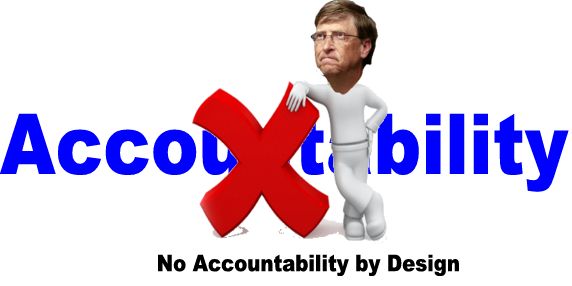The big burden of charter school oversight
With the California Charter Schools Association’s goal of serving a million students – a nearly 75 percent increase – within six years, charter school growth is raising the stakes for effective monitoring.
But there’s a sharp contrast in charter oversight capacity between California’s largest district and other districts. With nearly a quarter of the state’s 1,200 charter schools, Los Angeles Unified’s Charter Schools Division is a regulatory behemoth, with 50 employees and the district’s muscular Office of Inspector General at its disposal. Offices in most of the other 320-plus districts that have granted charter schools, however, usually consist of one undertrained, understaffed assistant superintendent frustrated by the complexity of the job. About 90 percent of the state’s districts have issued six or fewer charters; two-thirds have issued only one or two.
The disparity in resources is one factor that led Gail Greely to form the Charter Authorizers Regional Support Network, or CARSNet, a statewide help and training organization focusing on districts with a handful of charters. Recognition that a lack of on-the-job training contributed to a high turnover rate among administrators was another.
The role of point person in disagreements between charters and districts “was not a coveted job,” she acknowledged.
Greely was the administrator of the Alameda County Office of Education’s charter schools before obtaining a three-year, $2.4 million federal grant to establish CARSNet. The organization is based at the Alameda County office.
More than 100 administrators from districts and county offices attended an annual conference in September in Oakland. The network runs three-day boot camps and master classes; two dozen administrators have signed up for one next month in Sacramento. The network plans to train at least 150 charter administrators and to connect with all of them The big burden of charter school oversight | EdSource:







